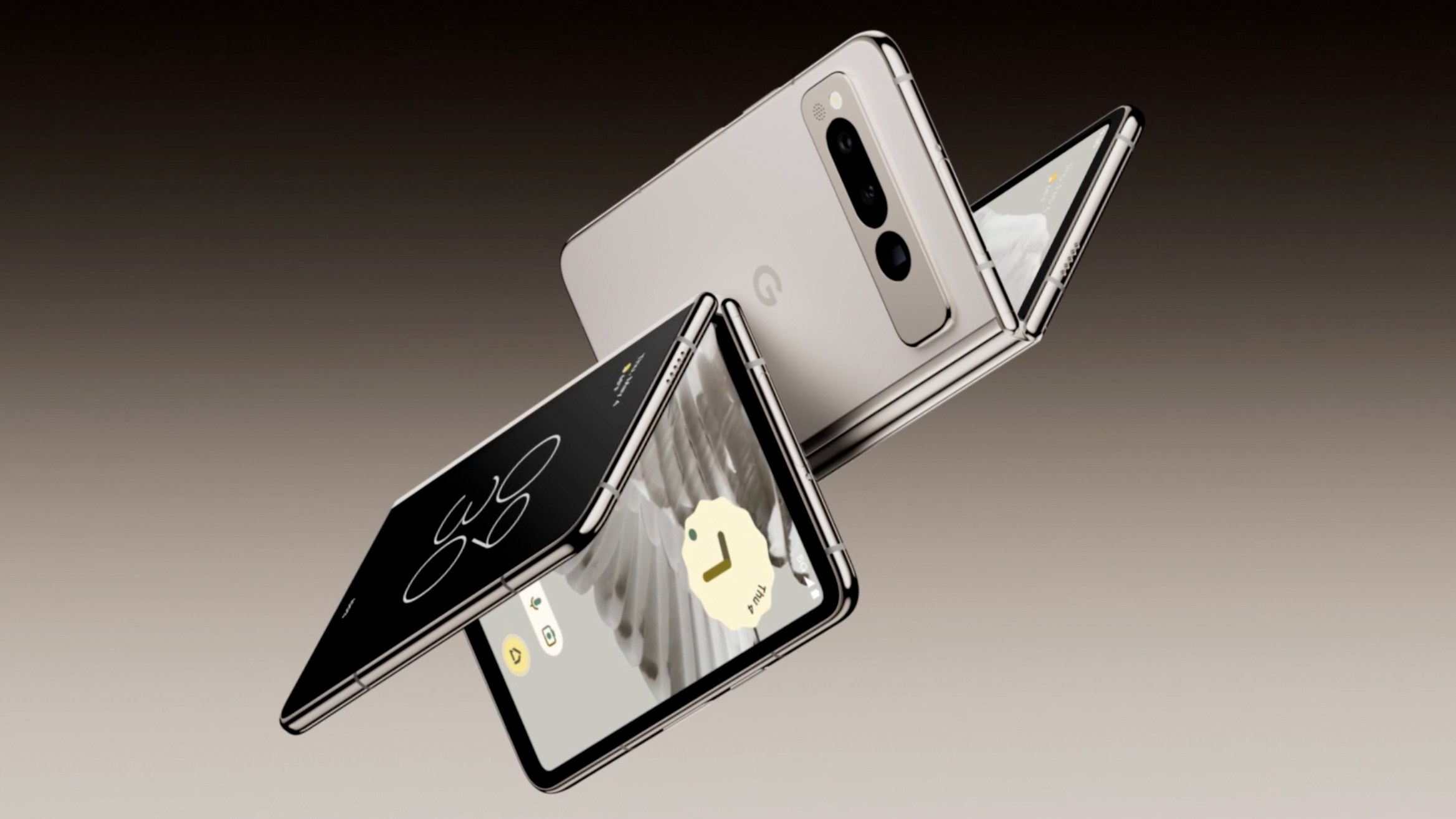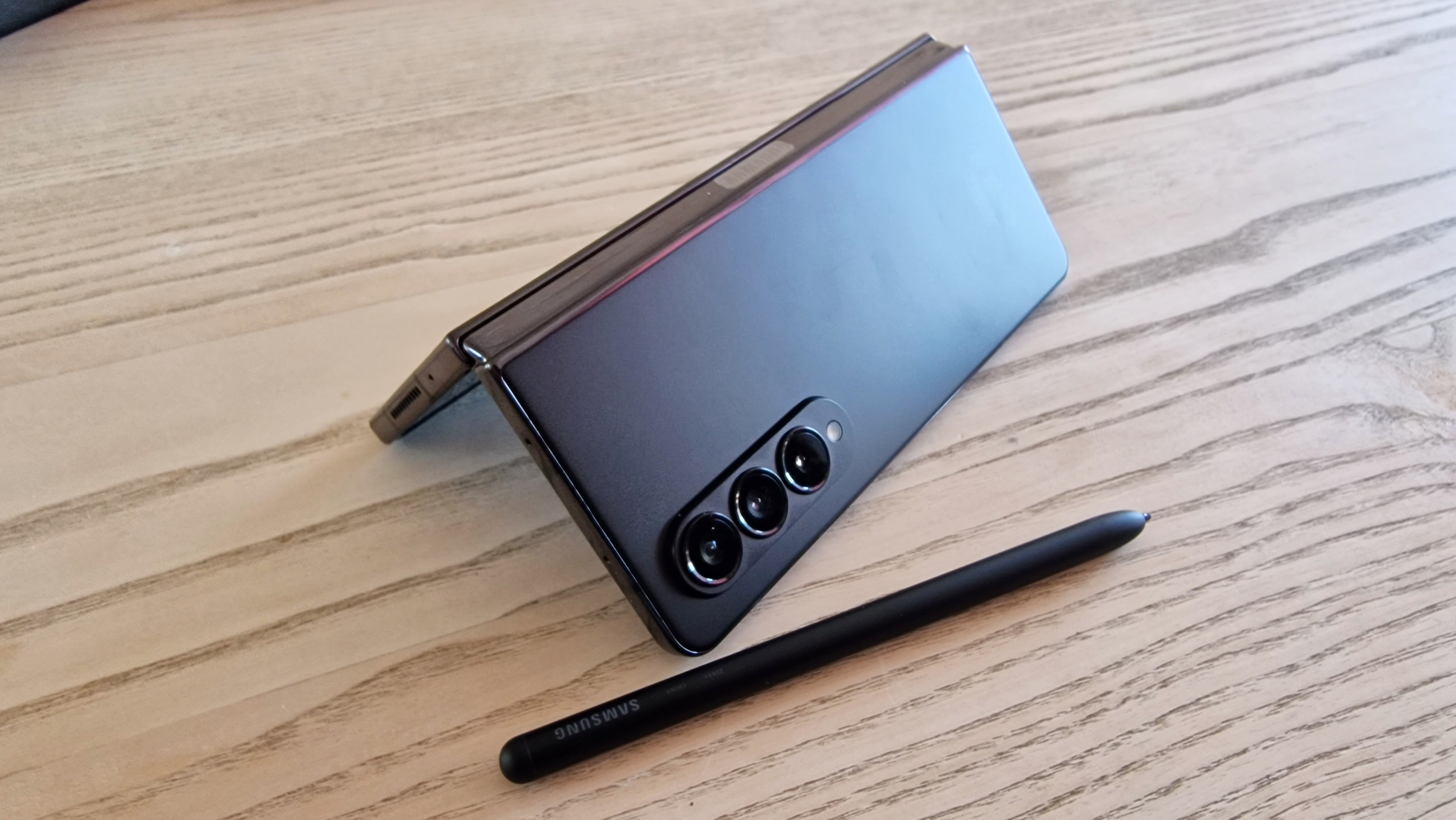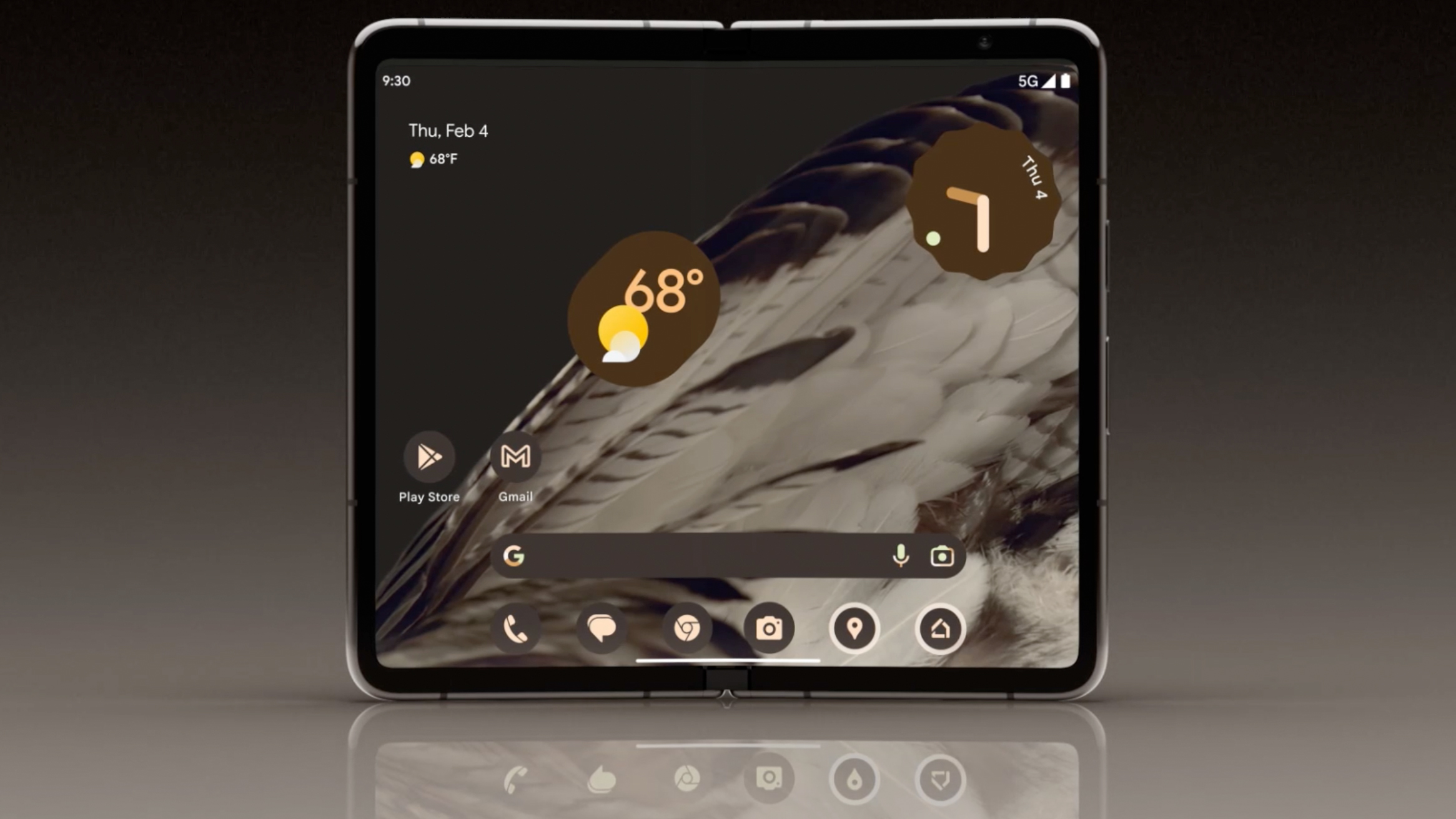5 ways Google Pixel Fold could beat Samsung Galaxy Z Fold 4
Don’t rule out the underdog just yet

The Google Pixel Fold is finally official. After years of rumors and hints in Google’s own operating system, we now know for sure that a folding Pixel is coming - and it looks like a direct competitor to the Samsung Galaxy Z Fold 4.
Samsung has four generations of foldables to learn from, and it shows. The Galaxy Z Fold 4 is an extremely polished product that’s perfect for those who want to carry a tablet without actually carrying a tablet.
Add in S Pen support, and it’s easy to see why some might consider Google’s first foldable to be dead on arrival - even if it manages to avoid the reliability problems that disrupted Samsung’s first generation.
But don’t rule out Google just yet. It may be a foldable underdog, but there are a number of ways that the Pixel Fold could beat Samsung at its own game. Here are five of them.
1. Better battery life
Samsung’s Galaxy Z Fold 4 comes packed with a 4,400mAh battery, which is above average for a smartphone. However, when you’re dealing with a phone packing two screens, it begins to feel a bit underpowered.
In our Samsung Galaxy Z Fold 4 review, we found it lasted about 13 hours in typical use. Our sister site, Tom’s Guide, pegged it at 7 hours and 9 minutes using the inner display at 120Hz — well short of the handsets with the best stamina.
Google's foldable can improve on this, and there are good signs it might. Rumors suggest that Pixel Fold could contain a battery of somewhere between 4,500 and 5,000mAh and while that’s not a huge advantage at the lower end of that scale, it sounds like Google might have some battery jiggery-pokery up its sleeve.
Get daily insight, inspiration and deals in your inbox
Sign up for breaking news, reviews, opinion, top tech deals, and more.
According to the leaker Jon Prosser, Google is pitching the phone as having “Beyond 24-hour battery life”, with up to 72 hours in Extreme Battery Saver Mode. If true, that would give it a big advantage over its rival.
2. Superior camera performance

If there’s one thing Google knows how to do well, it’s making an excellent camera. Even when the raw camera specs on the best Pixel phones lagged behind their rivals, they always punched above their weight thanks to superb image processing.
Samsung is no slouch in this regard, with the Galaxy S23 Ultra ranking as the best camera phone in our opinion, but the specs we’re expecting on the Pixel Fold have the Galaxy Z Fold 4 roundly beaten. We’re apparently looking at a triple camera array led by a 48MP main lens, supported by two 10.8MP sensors - one ultrawide and one telephoto with 5x zoom.
The Galaxy Z Fold 4, meanwhile, comes with a 50MP main sensor, a 12MP ultrawide and a 10MP telephoto lens with only a 3x zoom. It’s close, but Google appears to edge it - especially when you factor in software features such as Magic Eraser and Photo Unblur.
It’s also worth thinking about the selfie cameras, too. The Pixel Fold’s thick internal bezels may not be as aesthetically pleasing as those on the Galaxy Z Fold 4, but it does leave space for an 8MP selfie camera. And that will almost certainly be better than Samsung’s 4MP under-screen effort.
3. A potentially more usable design
This one is certainly open to debate, but you could argue that the Pixel Fold’s leaked design makes it a bit more usable than the Samsung Galaxy Z Fold 4. Those thicker bezels, for example, give you more to grip on to, which is quite important when interacting with a tablet.
More importantly, when closed, it looks like the Pixel Fold has a wider aspect ratio on its 5.8-inch display. That’ll make it easier to use than the tall and thin Galaxy Z Fold 4 in those moments when you can’t be bothered to unfold it.
4. Simple software with a few party tricks

Like Apple and the iPhone, Google has an enormous advantage in making both the Android software and the Pixel hardware.
We know what that looks like in Pixel phones - a nice, clean installation of Android, with the guarantee that you’ll be first in line for Android 14 as soon as it’s available.
What we don’t know is what software tweaks Google has in mind for foldables. There’s a reasonable chance that the company will have some novel twists that Samsung has yet to think of, and we can’t wait to try them for ourselves.
But even if it’s virtually indistinguishable from the Samsung Galaxy Z Fold 4 in how it behaves, there are a few Pixel apps that diehard fans swear by. Think Recorder with its clever automatic transcription, the ability to screen calls via Google Assistant and the previously mentioned Magic Eraser.
5. A lower price… maybe
The Samsung Galaxy Z Fold 4 is many things, but ‘cheap’ isn’t one of them. Yes, it’s dropped in price considerably since the first generation, when one would set you back $1,980, but at $1,799 it’s still not exactly pocket change.
Google has a real opportunity to undercut Samsung here and overcome a huge obstacle on the road to the mass adoption of foldables.
Unfortunately, the odds of the company taking full advantage of that appear slim.
While rumors in March suggested a price of somewhere between $1,300 and $1,500 (so roughly £1,100 to £1,200 or AU$1,900 to AU$2,200), more recent leaks have pointed to something higher. According to the leaker Jon Prosser, the Pixel Fold will start at $1,799 (approximately £1,450 / AU$2,685) - exactly the same as Samsung’s flagship foldable.
On the bright side, we can apparently look forward to pre-order bonuses to include the $349 (£340 / AU$550) Pixel Watch - so that’s something.
We'll find out for sure at Google I/O 2023 on Wednesday, so stick with us for all the latest news and rumors in the run up to the event.
Alan Martin is a freelance writer in London. He have bylines in Wired, CNET, Gizmodo UK (RIP), ShortList, TechRadar, The Evening Standard, City Metric, Macworld, Pocket Gamer, Expert Reviews, Coach, The Inquirer (RIP), Rock Paper Shotgun, Tom's Guide, T3, PC Pro, IT Pro, Stuff, Wareable and Trusted Reviews amongst others. He is no stranger to commercial work and have created content for brands such as Microsoft, OnePlus, Currys, Tesco, Merrell, Red Bull, ESET, LG and Timberland.
